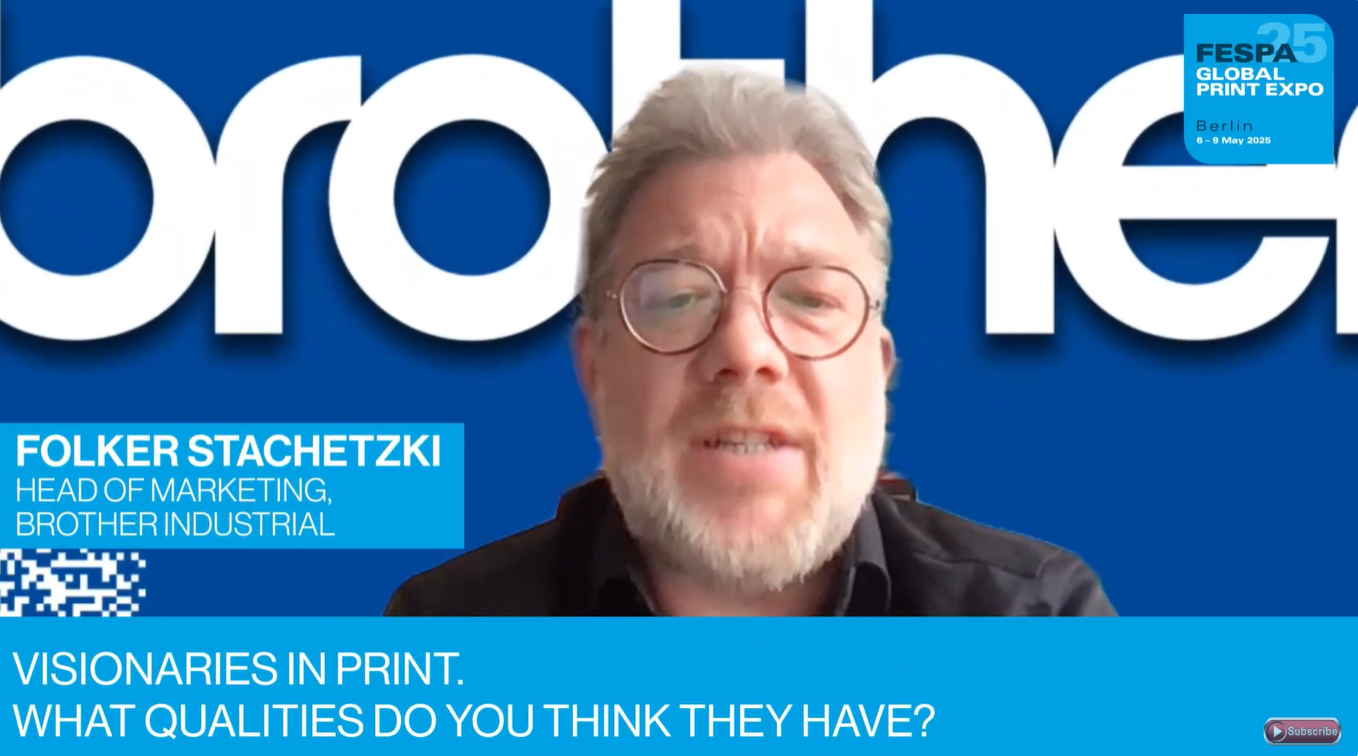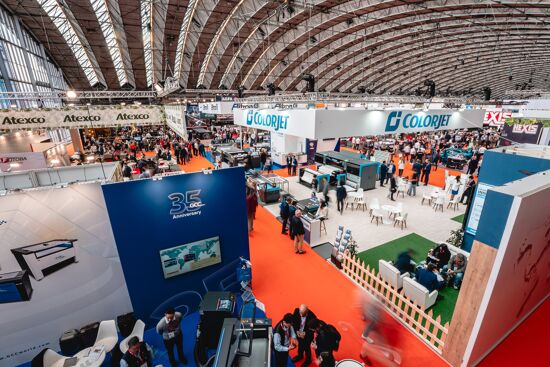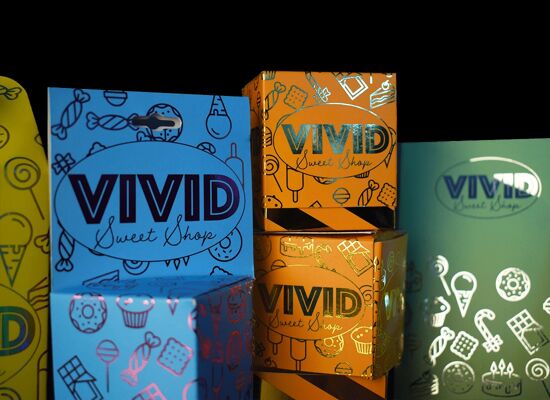How to maximise your value to your client

Mark Coudray shares how printers can maximise their client value and the importance of having a shared vision, establishing clear expectations and understanding technical requirements.
Introduction: The Business Case for Alignment
In the specialty graphics industry, the difference between thriving and merely surviving often comes down to one critical factor: client alignment. Industry data reveals a stark reality - between 60% and 90% of first-year clients fail to return for a second year of engagement. Impressively, those who do return demonstrate a remarkable 360% increase in annual value compared to their first-year revenue. This dramatic disparity underscores the vital importance of proper alignment from the very beginning of the client relationship.
The cost implications of misalignment extend far beyond lost revenue. Poor fits drain resources, consume valuable production time, and can negatively impact team morale. Furthermore, misaligned projects often require multiple revisions, leading to compressed margins and missed opportunities with better-fit clients.
Understanding and Defining Success Parameters
Success in specialty graphics projects requires a deep understanding that different market segments demand different approaches. A rush order for a dated event requires a fundamentally different alignment strategy than an ongoing OEM label production program. The key to managing these varying demands lies in asking one key question throughout the process: "What has to happen for this step to be successful?"
This question serves as the foundation for effective process mapping and decision point identification. Each project type requires specific decision points where client input or approval is vital. For example:
• Event-driven projects require clear deadlines and logistic contingency planning
• Long-term production programs need established quality control parameters
• Custom projects demand detailed technical specification documentation
• Recurring orders benefit from automated workflow systems
When identifying these decision points early, companies can create clear pathways for project success and establish realistic expectations with clients. When these expectations align, costs typically decrease and profitability increases.
Bridging The Production Reality Gap
One of the most significant challenges in the specialty graphics industry is bridging the gap between creative design and production art requirements. This is a very common event and the disconnect frequently results in technical misunderstandings that can derail projects before they begin.
Consider the common scenario of t-shirt design production. While a designer might create visually stunning artwork, they often lack understanding of production elements like underbase preparation - essential for achieving both softness and vibrancy on dark fabrics. Similarly, while they might be well-versed in CMYK printing for paper, they may not realize graphic apparel often requires spot or Pantone® colors for maximum color intensity.
Technical specification misunderstandings frequently center around resolution and scaling issues. A designer working in 72 dpi for small format might not consider the implications when their design needs to scale to a 120cm x 300cm banner. This disconnect between design and production reality frequently leads to:
• Quality compromises
• Extended production times
• Increased costs
• Client dissatisfaction
• Unnecessary revision cycles
Core Values as Operational Guidelines
Successful specialty graphics companies build their operations around core values that directly impact project success.
Event-driven projects, such as trade show displays, grand openings, or scheduled promotions, operate under fixed deadlines where failure is not an option. These projects demand meticulous backwards planning from the event date, considering buffer time for shipping, production, approval cycles, and material procurement.
Contingency planning must address potential disruptions like material shortages, equipment issues, or shipping delays. For example, a trade show display might require completion three weeks before the event to allow for shipping and setup, with time built in for potential customs clearance if crossing borders. Smart contingency planning might include identifying backup material sources, alternative production methods, or expedited shipping options that can be activated if needed.
Long-term production programs, particularly those serving OEM or retail clients, require robust quality control systems that ensure consistency across multiple production runs. These parameters must be precisely defined and documented, covering everything from color tolerance and material specifications to finishing requirements and packaging standards. Regular quality audits, standardized testing procedures, and documented acceptance criteria become fundamental tools for maintaining consistent quality.
Incorporating established procedures for handling deviations, clear communication channels for quality issues, and regular review cycles to evaluate and update standards as needed are also part of a successful delivery. This systematic approach helps prevent quality drift over time and provides clear metrics for both production teams and clients to evaluate performance.
Custom projects require exhaustive specification agreements that leave no room for assumption or interpretation. These requirement agreements detail every aspect of the project, from material selection and color matching requirements to size specifications and finishing details.
Beyond the technical specifications, the agreement should clearly outline approval processes, revision limitations, and acceptance criteria. In addition, it must address how changes to specifications will be handled, including their impact on timeline and pricing. This level of detail helps prevent scope creep, manages client expectations, and provides a clear reference point for resolving any disputes that might arise during production.
Recurring orders present unique opportunities for efficiency through automation, but require careful initial setup to maximize these benefits. Automated workflow systems can manage everything from order entry and proof approval to production scheduling, production stage updating, and shipping notification. These systems incorporate trigger-based notifications, automated status updates, and standardized quality checks at key production stages.
Establishing these automated workflows allow companies to reduce administrative overhead, minimize human error, and provide consistent, predictable service levels. Another important consideration is to include automated reorder triggers based on inventory levels or usage patterns, helping clients maintain optimal stock levels while reducing rush orders and associated costs.
These values serve as decision-making frameworks throughout the production process. When changes to original specifications arise, these core values guide responses and help maintain project integrity while managing timeline and cost implications.
Creating Alignment Systems
Effective alignment systems start with process-specific qualification frameworks accounting for:
• Project complexity and timeline correlation
• Material procurement requirements
• Testing needs for unique applications
• Production capacity considerations
• Technical capability alignment
As projects become more complex or unique, the importance of clear definition and expectations increases as well. This relationship directly impacts:
• Material procurement timelines
• Testing requirements
• Production scheduling
• Quality control processes
• Client communication frequency
Modern workflow management increasingly incorporates large language model based AI (like ChatGPT) and automated triggers for status updates and approvals. This streamlines communication while maintaining project momentum. This automation particularly benefits recurring projects where standardized workflows can significantly improve efficiency.
Measuring Success Through Retention
The dramatic value increase seen in second-year clients demonstrates the importance of first-year relationship management. Success strategies include:
• Setting specific expectations from initial contact
• Clear communication regarding technical requirements
• Proactive problem identification and resolution
• Efficient handling of repeat work
• Continuous trust building through reliable delivery of expectations
As trust develops, clients learn the production realities and technical requirements, leading to:
• Smoother approval processes
• Fewer revision cycles
• More realistic timeline expectations
• Better project planning
• Increased project value
For specialty graphics providers, the key to maximizing client value lies in creating alignment around purpose and shared vision from the very beginning. Establishing clear expectations, understanding technical requirements, and maintaining strong core values throughout the production process allow companies to significantly improve client retention and project success rates. The result is stronger, more profitable relationships benefiting both the printer and the client through improved efficiency, better outcomes, and increased value generation over time.
Topics
Interested in joining our community?
Enquire today about joining your local FESPA Association or FESPA Direct
Recent news
.png?width=550)
What qualities should visionaries in print have? With Folker Stachetzki from Brother
We speak to Folker Stachetzki, Head of Marketing at Brother about visionaries in print.

Bolstering personalisation by combining print and digital technology
Using printed material in combination with digital technologies offers more opportunities to those offering personalisation to customers. Rob Fletcher shares some recent examples of the print and digital working together to enhance the impact of personalised pieces.

European Sign Expo to highlight developments shaping the future of signage and visual communications
European Sign Expo 2025 (6 – 9 May, Messe Berlin, Germany) is weeks away and a host of leading exhibitors are all set to welcome Visionaries from across the signage and visual communications industries to their stands.
